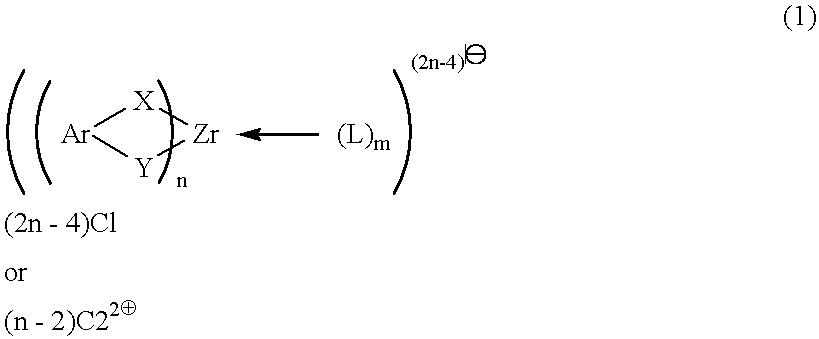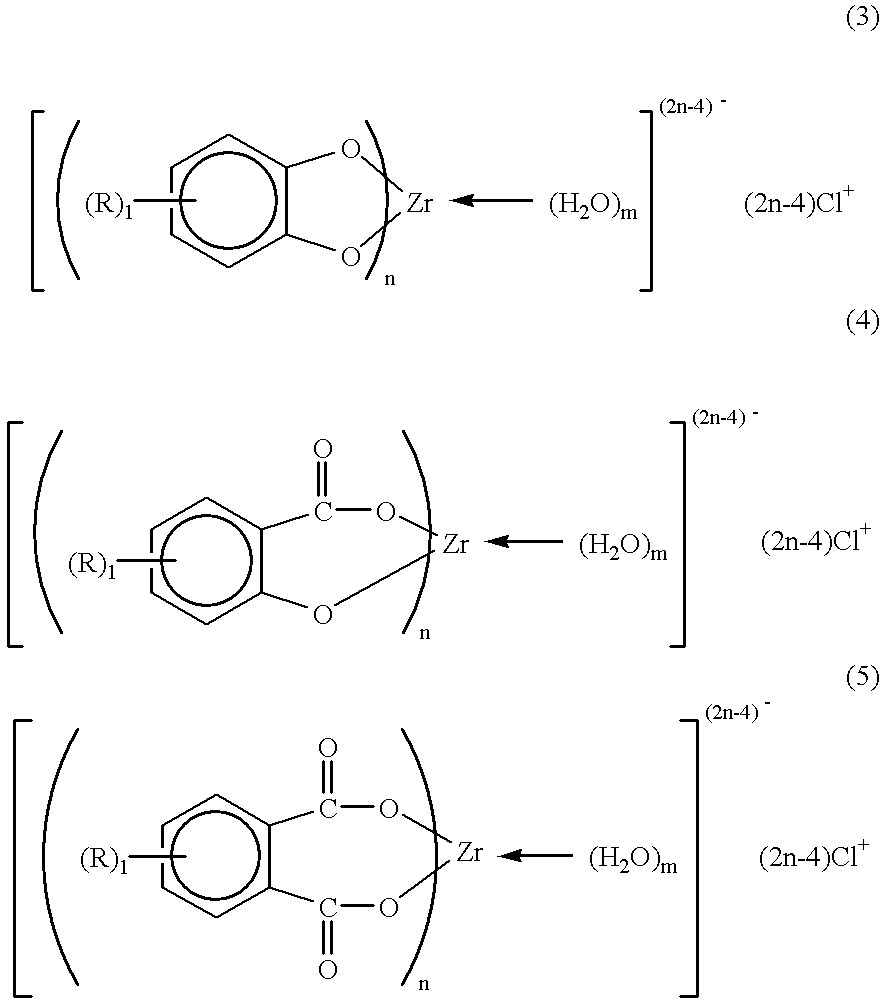Toner having negative triboelectric chargeability and developing method
a technology of triboelectric chargeability and development method, which is applied in the direction of developers, instruments, optics, etc., can solve the problems of difficult formation of uniform highlight images, liable foggy images, and difficulty in forming uniform highlights
- Summary
- Abstract
- Description
- Claims
- Application Information
AI Technical Summary
Benefits of technology
Problems solved by technology
Method used
Image
Examples
examples 2-14
Magnetic toners Nos. 2-14 were prepared according to prescriptions shown in Table 4 otherwise in a similar manner as in Example 1 and evaluated in the same manner as in Example 1. The properties of the respective magnetic toners are shown in Table 5, and the evaluation results are shown in Tables 6-8.
example 15
The above ingredients were preliminarily blended by a Henschel mixer and then melt-kneaded through a twin-screw kneading extruder set at 130.degree. C. During the melt-kneading, the viscosity of the kneaded mixture was gradually increased, whereby the formation of fresh crosslinkage was confirmed.
The thus-kneaded product was cooled, coarsely crushed by a cutter mill and finely pulverized by a pulverizer using a jet air stream, followed by classification by a multi-division classifier utilizing the Coanda effect to form a magnetic toner having a weight-average particle size (D4) of 6.5 .mu.m. To 100 wt. parts of the magnetic toner, 1.2 wt. parts of hydrophobic silica fine powder hydrophobized with 10 wt. % of hexamethyldisilazane and 10 wt. % of dimethylsilicone to have a methanol-wettability of 80% and a BET specific surface area of 120 m.sup.2 / g was externally blended to prepare Magnetic toner No. 23. Magnetic toner No. 23 exhibited D4=6.5 .mu.m. Other properties of Magnetic toner...
examples 16-25
Magnetic toners Nos. 24-33 were prepared according to prescriptions shown in Table 9 otherwise in a similar manner as in Example 15 and evaluated in the same manner as in Example 15. The properties of the respective magnetic toners are shown in Table 10, and the evaluation results are shown in Tables 11-13.
PUM
 Login to View More
Login to View More Abstract
Description
Claims
Application Information
 Login to View More
Login to View More - R&D
- Intellectual Property
- Life Sciences
- Materials
- Tech Scout
- Unparalleled Data Quality
- Higher Quality Content
- 60% Fewer Hallucinations
Browse by: Latest US Patents, China's latest patents, Technical Efficacy Thesaurus, Application Domain, Technology Topic, Popular Technical Reports.
© 2025 PatSnap. All rights reserved.Legal|Privacy policy|Modern Slavery Act Transparency Statement|Sitemap|About US| Contact US: help@patsnap.com



